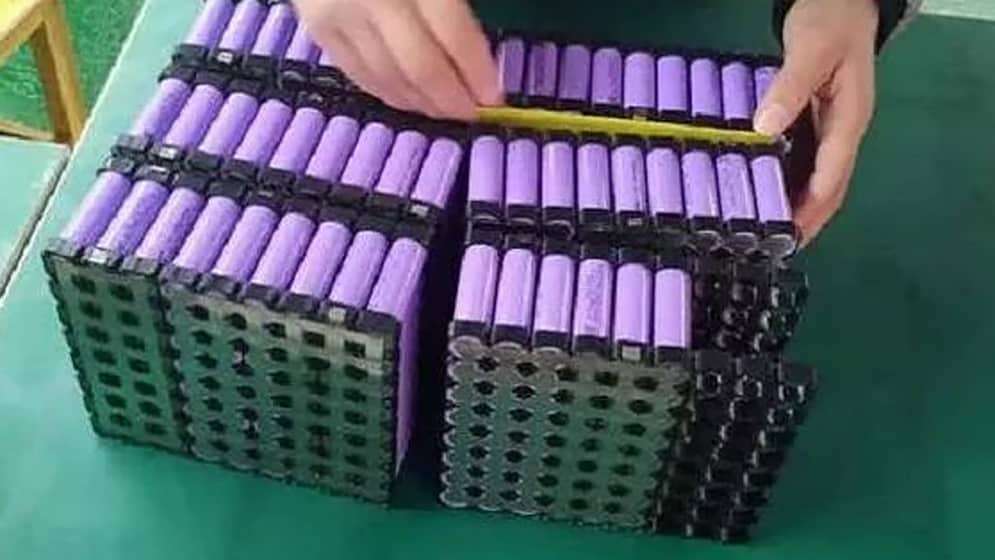- Curved Lithium Polymer battery
- Fast Charge Polymer Battery
- Flexible Polymer Lithium Battery
- Ultra-thin Polymer Battery
/ Blog / Battery Knowledge /
Must read! How do I assemble a 48V lithium battery pack by myself?
31 Dec, 2021
By hoppt

Must read! How do I assemble a 48V lithium battery pack by myself?
The question of how to assemble the 48V lithium battery pack is a giant puzzle for many people who want to make it by themselves but have no experience or professional knowledge.
A successfully assembled lithium battery pack can also be called a battery pack. Still, an actual lithium battery pack requires more materials, and the lithium battery pack is then assembled again. Forming a lithium battery pack is already something most people don't understand but want to do. What should we do at this time?
I went online to search for questions, but the answers that appeared were so many that it was confusing, and I didn't know what to do. Regarding this issue, the Lithium Battery Organizing Committee has compiled a set of detailed tutorials on how to assemble a 48V lithium battery pack. I hope it can be helpful to everyone.
Tutorial for assembling a 48V lithium battery pack
- Data calculation
Before assembling the 48V lithium battery pack, you need to calculate according to the product size of the lithium battery pack and the required load capacity, etc., and then calculate the power of the lithium battery pack that needs to be assembled according to the required degree of the product. Calculate the results to select lithium batteries.
- Prepare materials
When choosing a reliable lithium battery, buying quality-guaranteed lithium batteries in specialty stores or manufacturers is best rather than buying them personally or in other unreliable places. After all, the lithium battery is assembled. If there is a problem in the assembly process, the lithium battery is likely dangerous.
In addition to reliable lithium batteries, a sophisticated lithium battery equalization protection board is also required. In the current market, the quality of the protection board varies from good to bad, and there are also analog batteries, which are difficult to distinguish from the appearance. If you want to select, it is better to choose a digital circuit control.
The container for fixing the lithium battery must also be prepared to prevent changes after the lithium battery pack is arranged. The material to isolate the lithium battery string and to better fix the effect, glue each two lithium batteries together with an adhesive such as silicon rubber.
The material for connecting the lithium batteries in series, the nickel sheet also needs to be prepared. In addition to the aforementioned primary materials, other materials can also be ready for use when assembling lithium battery packs.
- The specific steps of assembly
First, regularly place the lithium batteries, and then use materials to fix each string of lithium batteries.
After fixing each string of lithium batteries, it is best to use insulating materials such as barley paper to separate each line of lithium batteries. The outer skin of the lithium battery is damaged, which may cause a short circuit in the future.
After arranging and fixing them, It can use nickel tape for the most critical serial steps.
After the serial steps of the lithium battery are completed, only the subsequent processing is left. Bind the battery with tape, and cover the positive and negative poles with barley paper to avoid short circuits due to errors in the following operations.
The installation of the protection board also needs attention. It is necessary to determine the position of the protection board, sort out the cable of the protection board, and separate the wires with tape to avoid the risk of a short circuit. After the thread is combed, it needs to be trimmed, and finally, the wire is soldered. It must use the solder wire well.
It is not recommended to get started directly for those who don't know much about lithium batteries. It is still necessary to learn more about it to better deal with accidents in the assembly process!



